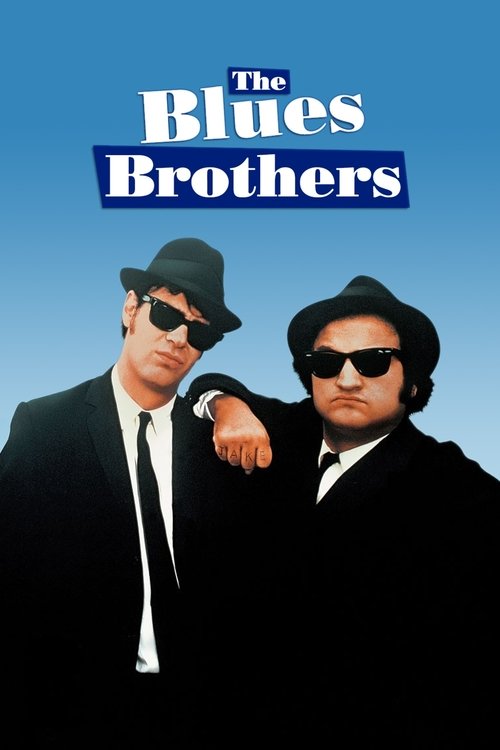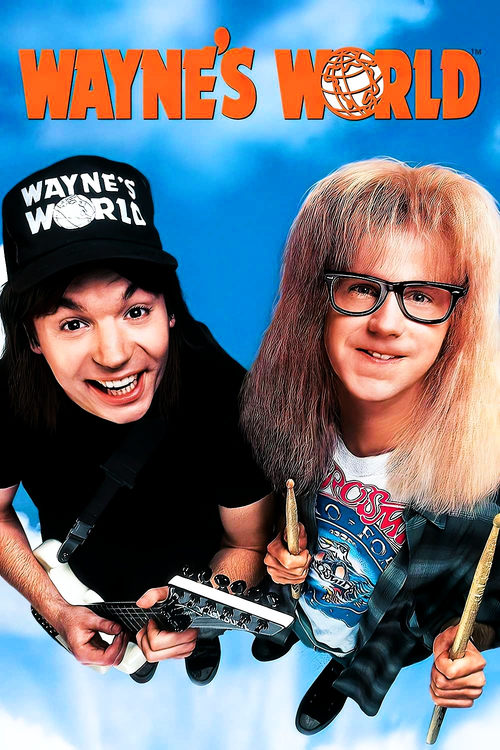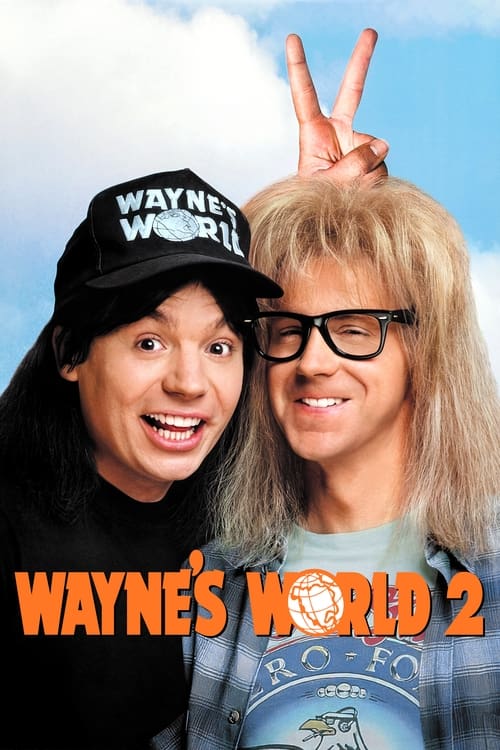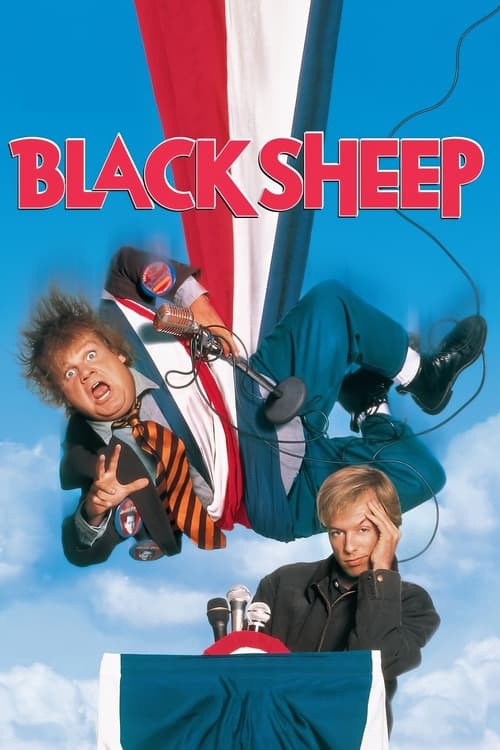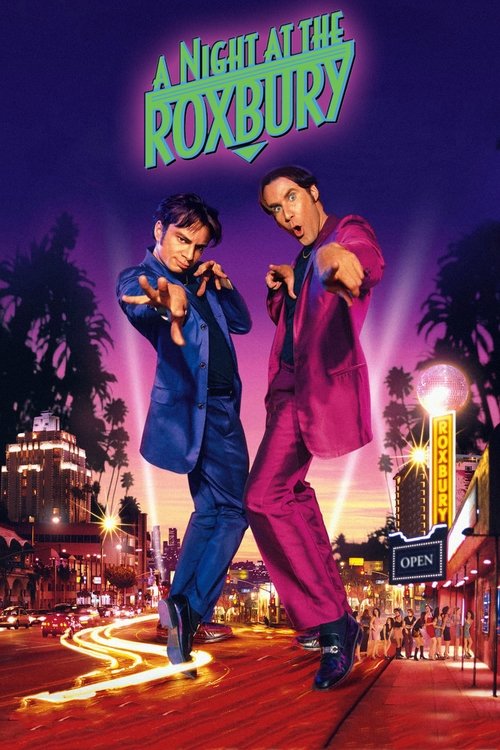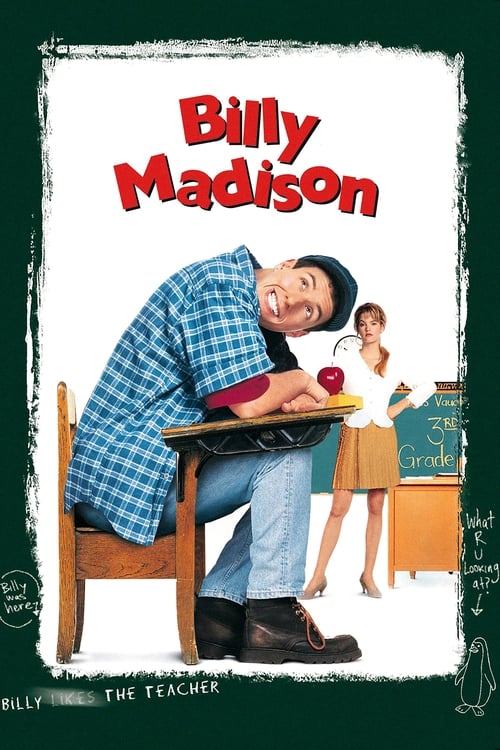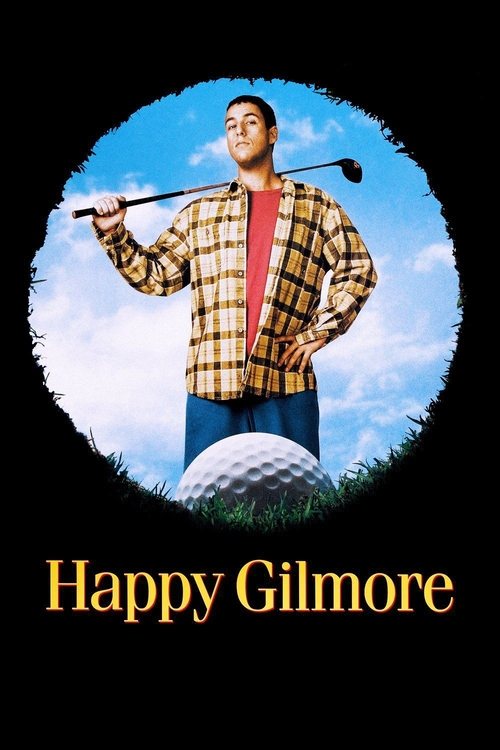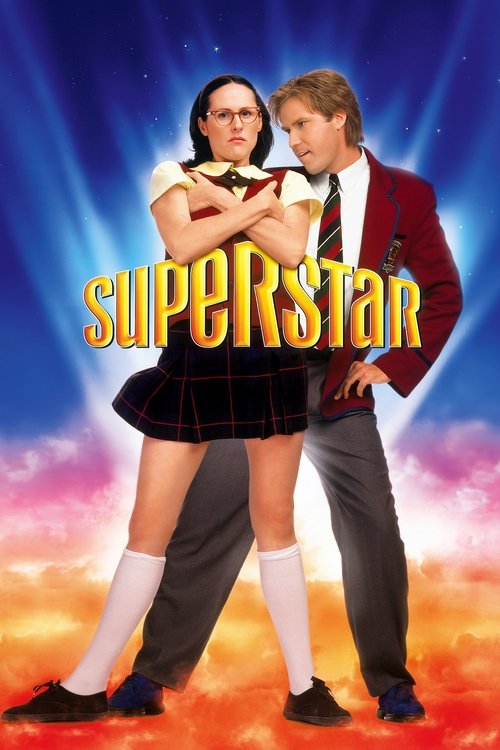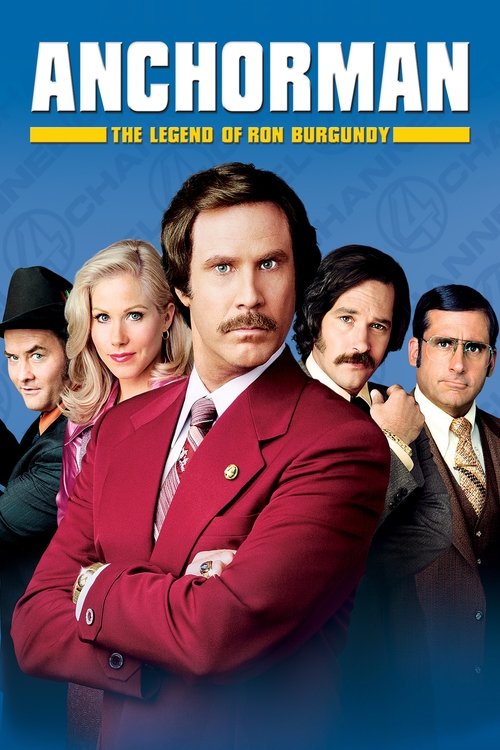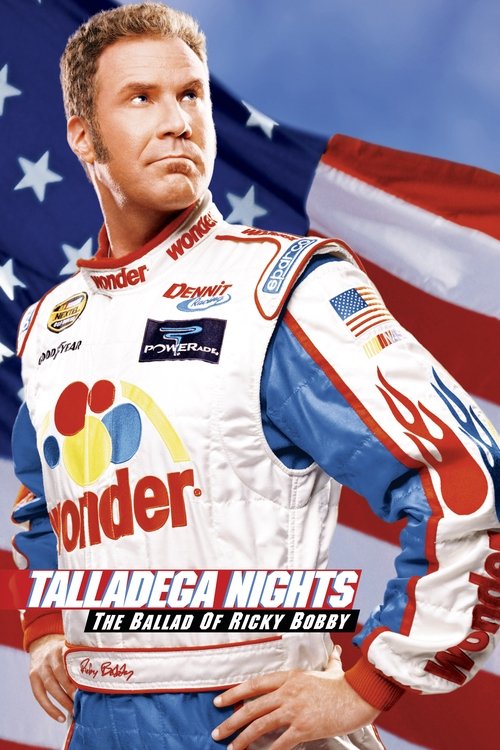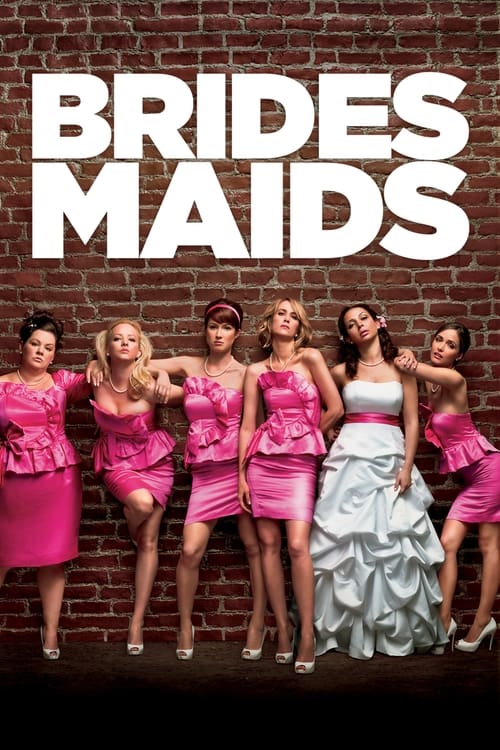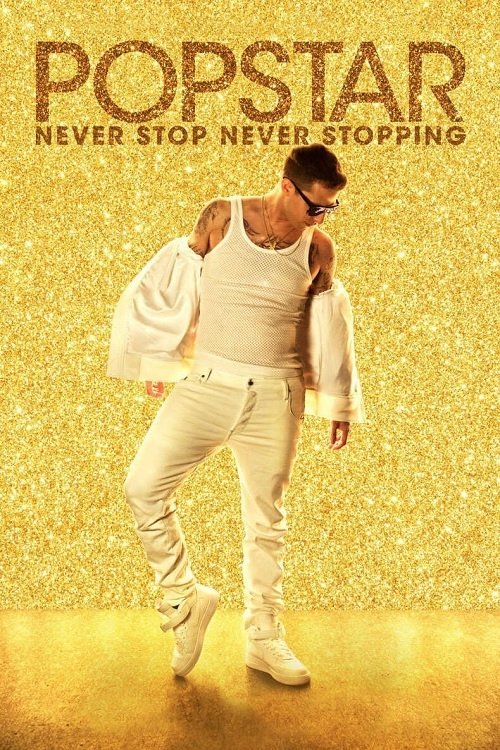Saturday Night Live Cinema
TV comedy goes to movies
From its humble television beginnings in 1975, Saturday Night Live has served as an unprecedented launching pad for comedic talents transitioning to Hollywood stardom, creating a distinct subgenre of films featuring SNL alumni.
The earliest major SNL-to-film transition came with John Belushi and Dan Aykroyd's 1980 masterpiece "The Blues Brothers," which established the template for successfully adapting sketch characters to feature length. Director John Landis worked closely with the duo to expand their musical sketch into a full narrative while maintaining the anarchic energy that made them popular on television. The film's combination of comedy, music, and spectacular practical stunts created a new blueprint for action-comedy hybrids, while its $115 million box office success proved SNL talent could draw theatrical audiences.
The 1990s represented the peak of SNL-inspired cinema, with Mike Myers leading the charge through culturally defining hits. "Wayne's World" (1992) demonstrated how to successfully translate a recurring sketch into a feature film by maintaining the original's spirit while adding emotional depth to the characters. Director Penelope Spheeris brought a gritty authenticity to the suburban metal-head world while allowing Myers and Dana Carvey to retain their distinctive comedic voices. The film's meta-commentary on commercialism and self-aware humor influenced comedy filmmaking for decades to follow.
The mid-1990s saw Chris Farley and David Spade emerge as the next major SNL film duo. "Tommy Boy" (1995) and "Black Sheep" (1996) established their distinctive dynamic - Farley's physical comedy contrasting with Spade's sardonic wit. Director Peter Segal crafted "Tommy Boy" to balance broad comedy with genuine heart, allowing Farley to display surprising dramatic range. The film's success cemented the "buddy comedy" as a reliable format for SNL alumni, while also proving that character development could elevate what might otherwise be simple slapstick comedy.
Adam Sandler emerged as SNL's most reliable box office draw in the late 1990s, developing his own distinct brand of comedy films. Starting with "Billy Madison" (1995) and "Happy Gilmore" (1996), Sandler created a template for manchild protagonists that would influence comedy for decades. These films, while critically dismissed at the time, demonstrated the commercial viability of SNL talent developing their own original characters rather than adapting sketch characters. Sandler's production company, Happy Madison, would go on to create vehicles for fellow SNL alumni, establishing a pipeline for television sketch comedians to transition to film.
The late 1990s saw mixed results with sketch-to-film adaptations. "Superstar" (1999), starring Molly Shannon as Mary Katherine Gallagher, and "Ladies Man" (2000) with Tim Meadows demonstrated the limitations of stretching thin sketch premises to feature length. However, these films served as valuable learning experiences for the industry, leading to more sophisticated approaches in the 2000s. The era also saw SNL writers like Conan O'Brien and Robert Smigel transition to influential roles in film comedy writing.
Will Ferrell's emergence in the early 2000s marked a new evolution in SNL-derived cinema. Rather than rely on existing characters, Ferrell and writing partner Adam McKay created original concepts that captured the absurdist energy of SNL while working in traditional film genres. "Anchorman: The Legend of Ron Burgundy" (2004) combined character comedy with social satire, while "Talladega Nights" (2006) deconstructed sports movie tropes through a comedic lens. These films established a new model for SNL alumni: creating original intellectual property rather than adapting sketch characters.
The modern era has seen SNL talent successfully adapt to changing comedy trends. Kristen Wiig's "Bridesmaids" (2011) proved that female SNL alumni could drive major box office success while pushing boundaries in R-rated comedy. Andy Samberg's transition to both television and film demonstrated the evolving nature of comedy in the digital age. Meanwhile, Bill Hader and Fred Armisen have shown how SNL experience can translate into sophisticated comedy-drama hybrids for both film and television.
More Ideas
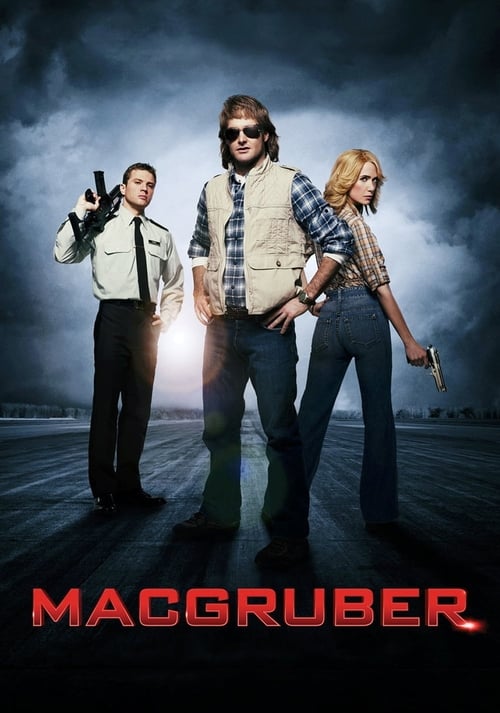
MacGruber
(2010)
Will Forte's action movie parody expands on his SNL character
Streaming on Peacock

Sisters
(2015)
Tina Fey and Amy Poehler showcase their chemistry in this family comedy
Streaming on Hulu

Palm Springs
(2020)
Andy Samberg's time loop romantic comedy shows SNL alumni in new genres
Streaming on Hulu
